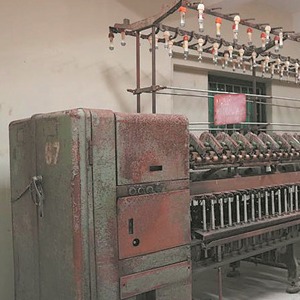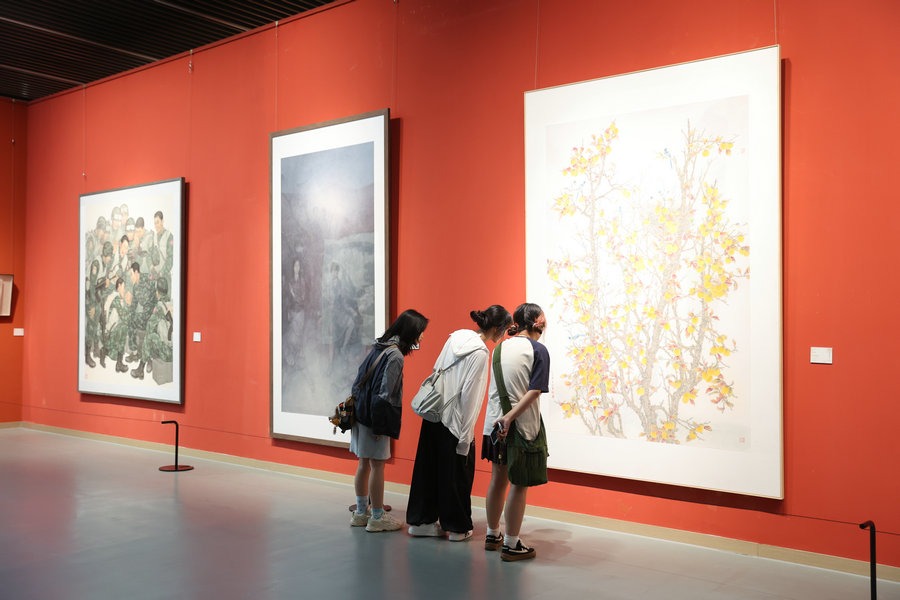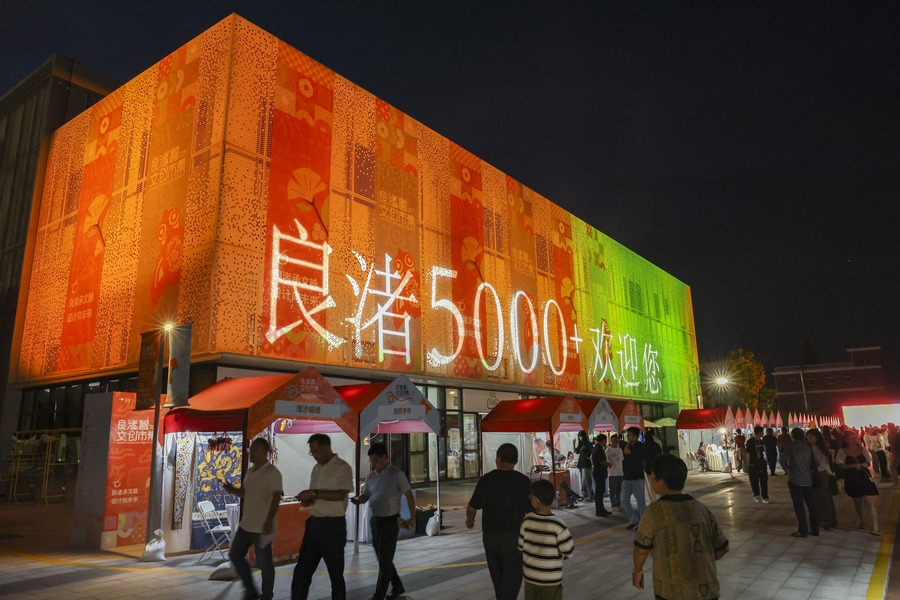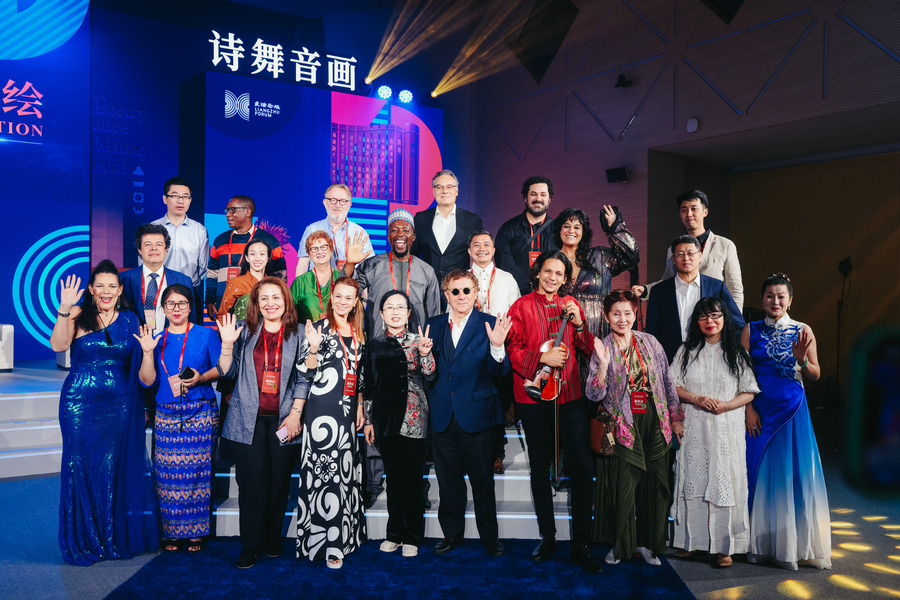The fabric of friendship: China and Vietnam's textile past

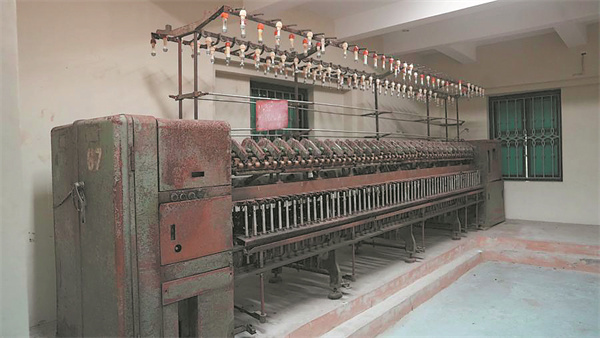
On the back of Vietnam's 2,000-dong banknote, women are seen working attentively at looms, an image familiar to generations of Vietnamese.
The scene captures a typical working day in the 1950s, when women at No 2 Yarn Workshop of the Nam Dinh Textile Factory in northern Vietnam's Ninh Binh province operated Chinese-made spinning machines in the newly built workshop provided by China.
According to Tran Trong Thuy, former Party secretary of the Nam Dinh Textile Garment Corporation, established in the early 20th century, the factory was once among the largest textile facilities in the country and a symbol of Vietnam's early industrialization.
Thuy recalls that in the 1950s, China provided aid to construct a new production line known as No 2 Yarn Workshop, which introduced a complete set of synchronized looms from China.
"It was an advanced Chinese spinning line compared with the earlier French equipment. The productivity, efficiency and quality of the yarn were all much improved at that time," Thuy says.
According to him, cooperation between the two sides "was close at every level". Vietnam sent skilled workers and technicians to China for training, while China dispatched teams of experts to Nam Dinh to install, operate and later upgrade the machines.
"The Chinese experts were very enthusiastic and friendly, working side by side with local workers. Their wholehearted and selfless assistance left a deep impression on us," he says.
Today, the former Nam Dinh Textile Factory has transformed into the Nam Dinh Textile Garment Corporation and remains one of Vietnam's most prominent textile enterprises.
At its traditional exhibition center, located in a restored French-style building with cream-colored walls and arched windows, several Chinese-made power looms, carding machines and cotton openers from the 1950s are carefully preserved.
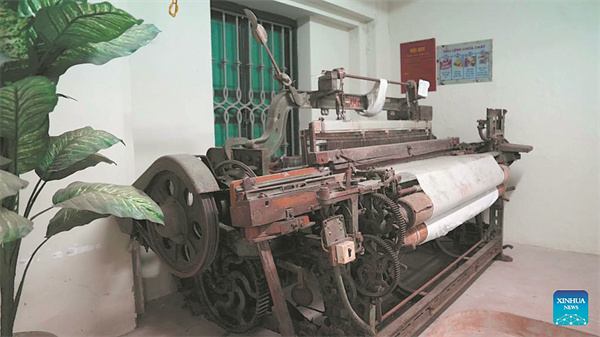
Although the machines have aged, the metal frames still bear Chinese inscriptions and some panels even retain chalk markings once used by workers to record cotton grades and yarn specifications in both Vietnamese and Chinese, offering glimpses into the shared labor of that era.
"These machines are valuable reminders of the friendship and cooperation between the two countries," says Pham Thi Thu Ha, with the exhibition center, adding that the facility also holds photos of Chinese experts visiting No 2 Yarn Workshop during its construction.
"We maintain these exhibits and have digitized the historical photos for better preservation and public display," she says.
The exhibition center has become a place for employees and visitors to learn about the long-standing partnership between China and Vietnam through the story of textile cooperation that began more than half a century ago, according to Ha.
"That traditional friendship, first spun from those early Chinese machines, will keep growing stronger with time," says Thuy.


